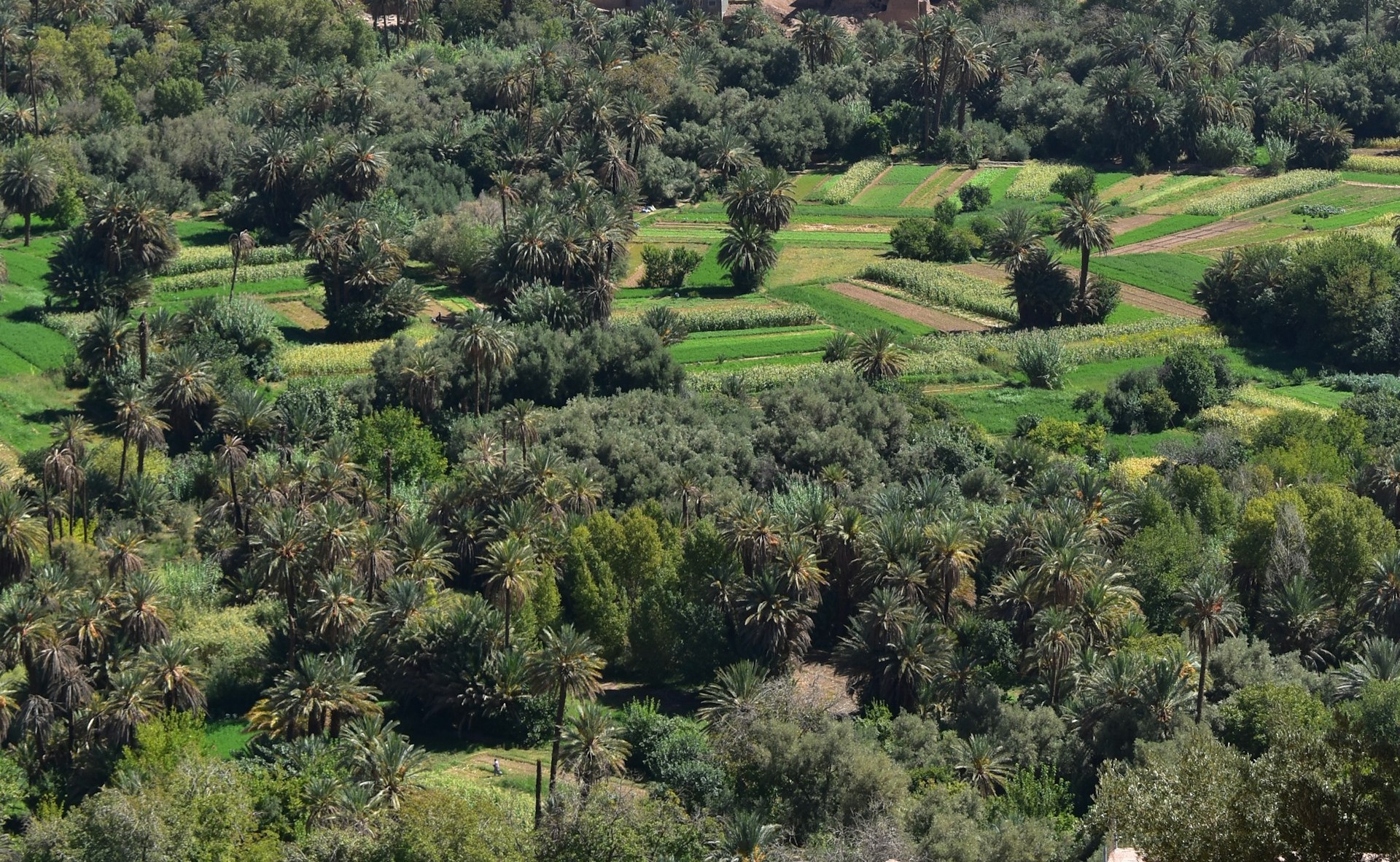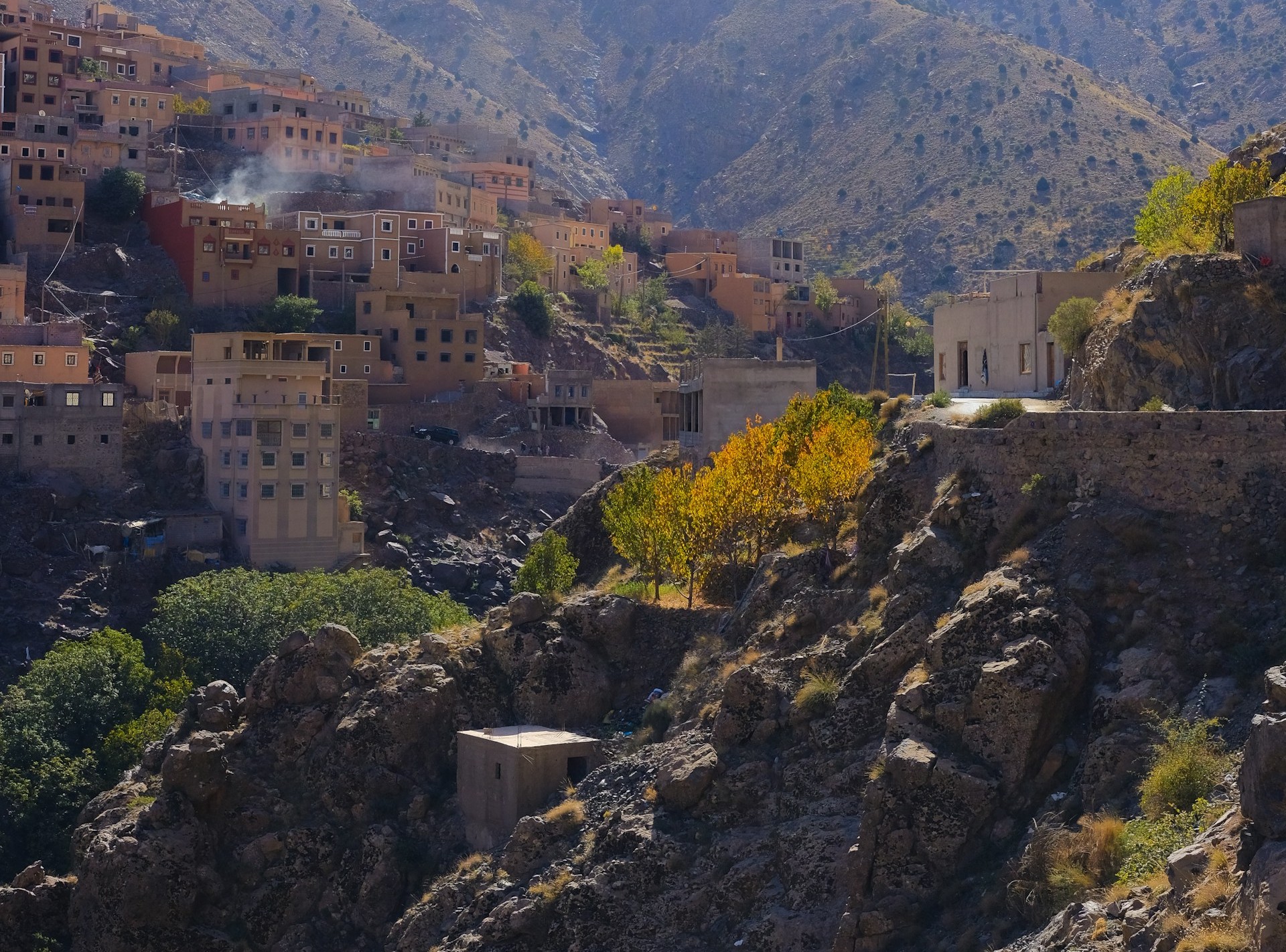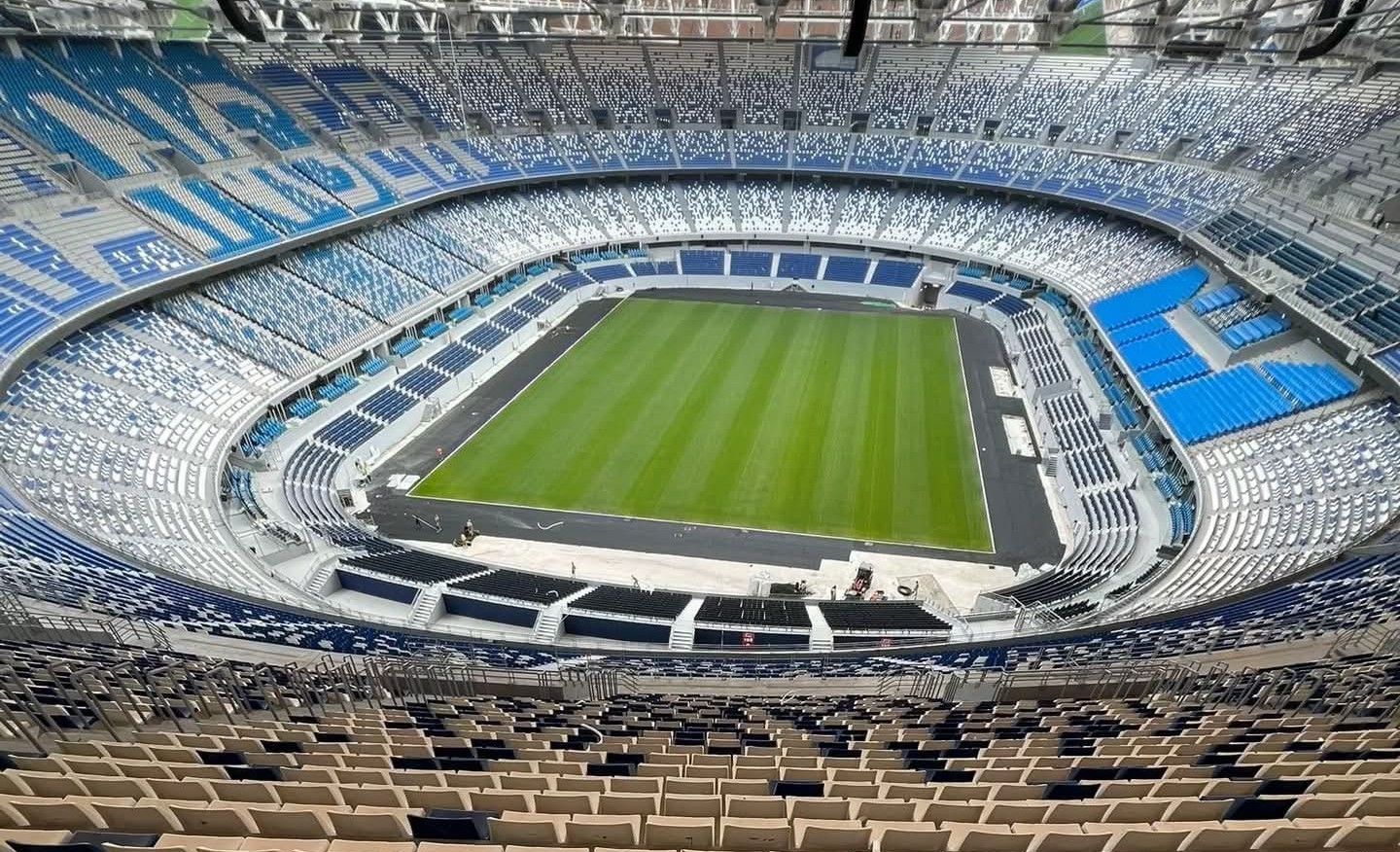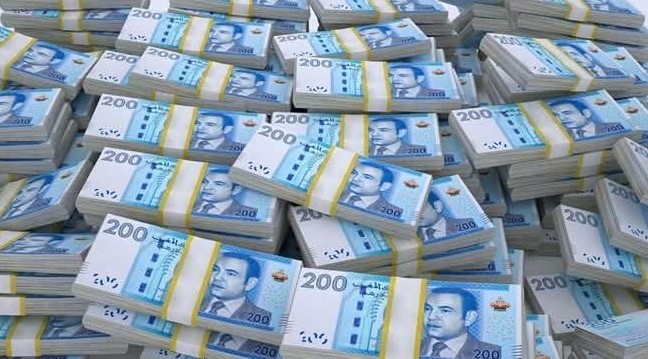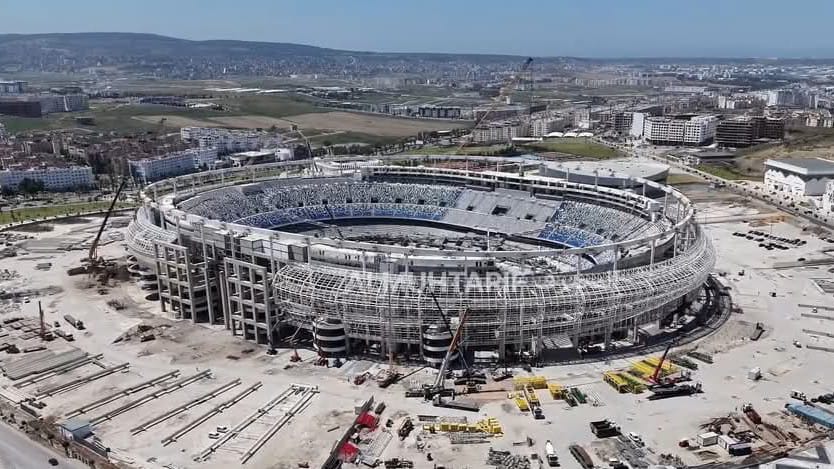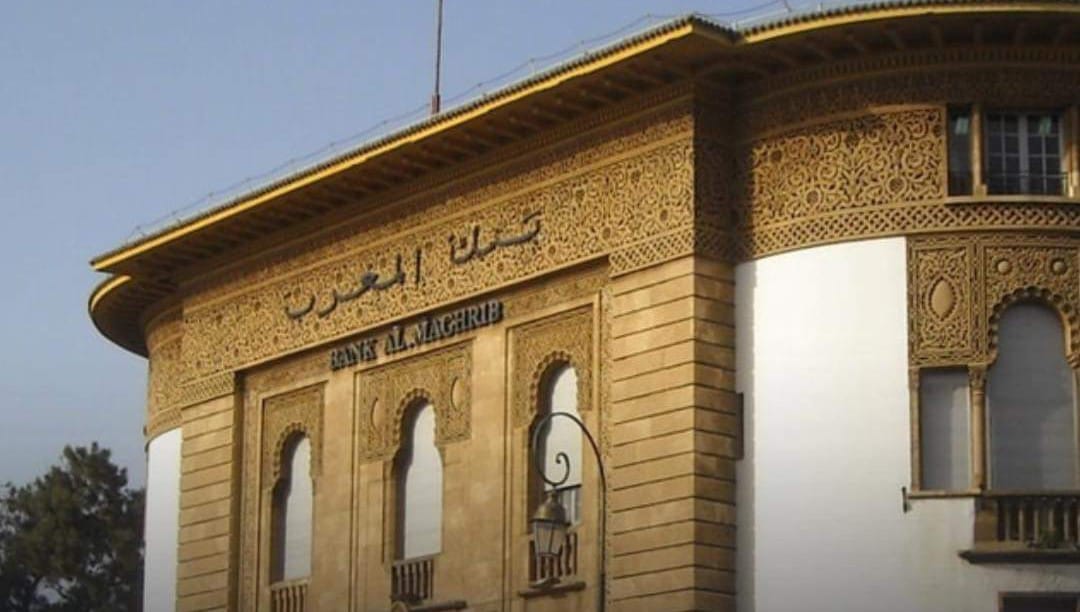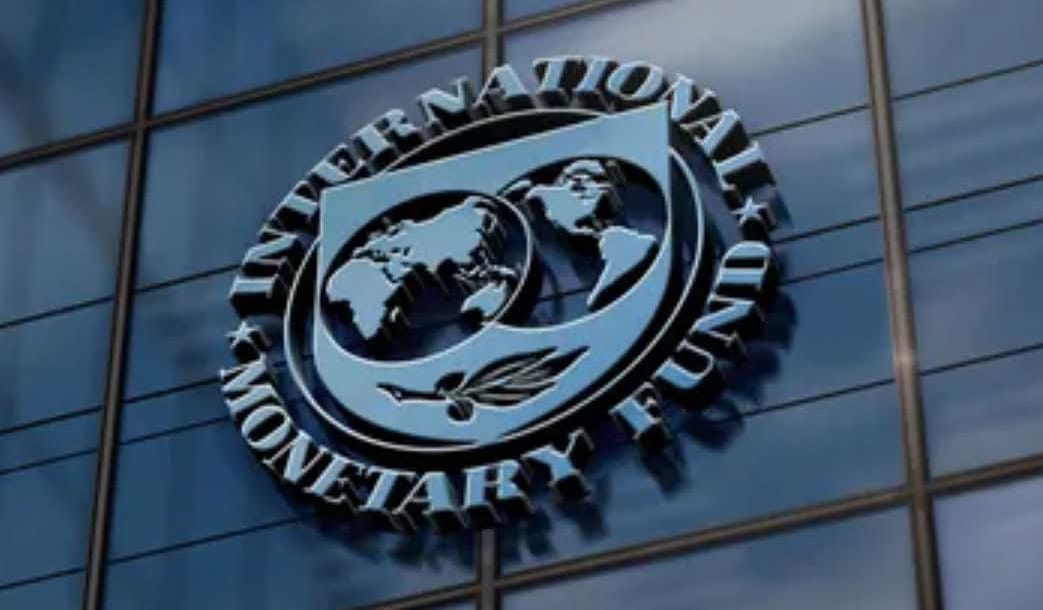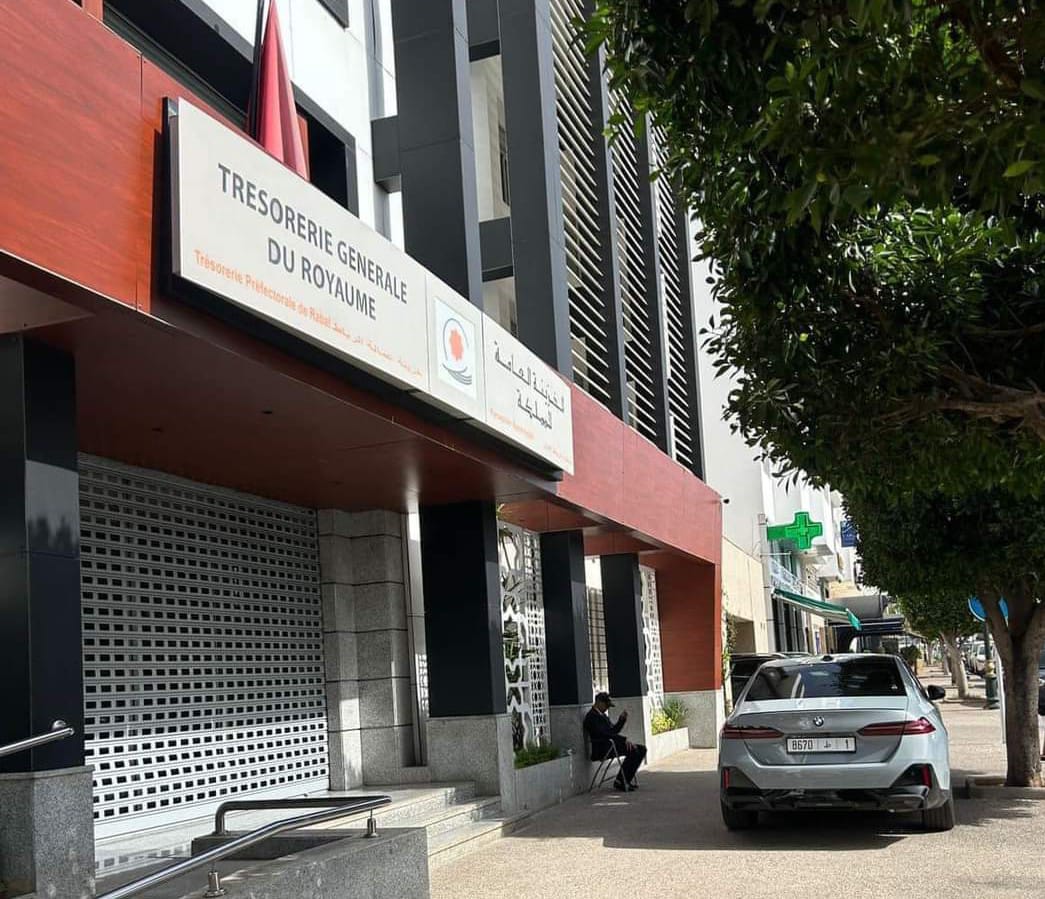Casablanca – Fitch Ratings, a leading global credit rating agency, recently released a comprehensive report on the state of Moroccan banks, forecasting continued strong performance in the coming years. The report predicts that the profitability of Moroccan banks will remain robust in 2025 and 2026, driven by favorable operating conditions and significant economic growth.
Economic growth and banking sector resilience
Fitch Ratings anticipates that Moroccan banks will maintain robust profitability through 2025 and 2026. This positive outlook is bolstered by sound economic growth, with the country’s GDP expected to grow at an average annual rate of 3.8% over this period. Such growth outpaces the median growth in the Middle East and North Africa (MENA) region, largely driven by Morocco’s substantial investment projects.
The banking sector’s loan growth has been consistently strong, averaging 4.5% annually from 2019 to the third quarter of 2024. In the first nine months of 2024 alone, loan growth reached 5%. Fitch projects that this will increase to 6% in 2025. This expansion is fueled by higher business volumes and reduced impairment charges as operating conditions improve.
Structural reforms and their impact
One of the most significant developments highlighted by Fitch is the planned introduction of a secondary market for non-performing loans (NPLs), expected to be adopted into law in 2025. This reform is set to enhance the liquidity and capital adequacy of Moroccan banks, allowing them to offload substantial NPL stocks. As of the third quarter of 2024, NPLs in the sector amounted to MAD 98 billion, representing 8.6% of total loans and approximately 7% of GDP.
Reducing NPLs by 20% could significantly boost the common equity Tier 1 (CET1) ratio of the six largest banks, increasing it by an average of 185 basis points. This improvement would bolster banks’ capacity to finance further growth and development projects.
Investment and infrastructure as key growth drivers
Morocco’s ambitious infrastructure and industrial projects are expected to necessitate over $100 billion in financing between 2025 and 2030, equivalent to 69% of the country’s 2023 GDP. In 2025 alone, these projects will require $34 billion, supporting a projected credit growth of 6%-7% annually over the next few years.
The sectors leading this growth include tourism and construction, both anticipated to perform strongly due to major international sports events Morocco is set to host. Investment loans, which saw a 14% year-on-year increase by October 2024, will likely be the primary driver of medium-term credit growth, reflecting Morocco’s expansive investment plans.
Favorable operating environment amidst challenges
Fitch awards Moroccan banks an operating environment score of ‘bb’, which is the second-highest among African banking sectors, trailing only Mauritian banks and surpassing South African counterparts. This rating reflects the relatively favorable conditions for banking operations in Morocco compared to most African nations.
However, several structural constraints limit the potential for an even higher score. These include a relatively low GDP per capita, estimated at $4,021 in 2024, and a high unemployment rate forecasted at 12.5% in 2025. Furthermore, Morocco’s heavy reliance on agriculture, which constitutes 12% of GDP and 30% of employment, exposes the economy to weather-related risks and volatility.
Fitch emphasizes that substantial improvements in these areas or an upgrade in Morocco’s sovereign rating, currently at ‘BB+’ with a stable outlook, would be necessary to enhance the operating environment score further.
Future outlook and strategic positioning
Despite the aforementioned challenges, Fitch remains optimistic about the Moroccan banking sector’s prospects. The planned structural reforms, particularly the secondary market for NPLs, are expected to significantly enhance banks’ performance. As these reforms take effect, Moroccan banks will be better positioned to capitalize on growth opportunities, particularly in non-agricultural sectors like tourism and construction.
In conclusion, while structural issues such as low GDP per capita and high unemployment persist, Fitch Ratings’ report underscores the resilience and potential of Moroccan banks. With continued economic growth, substantial investment projects, and crucial reforms on the horizon, the sector is poised for sustained profitability and expansion in the coming years.
